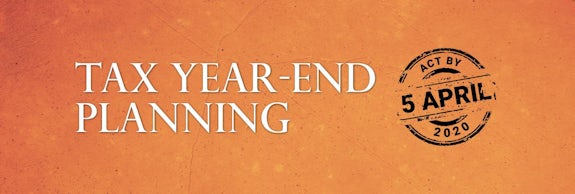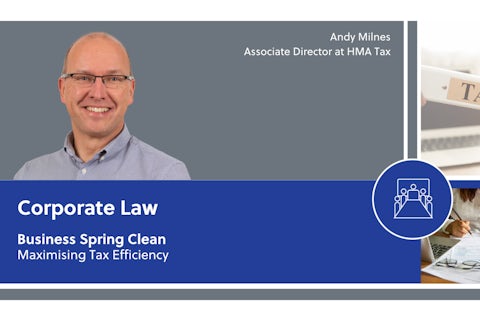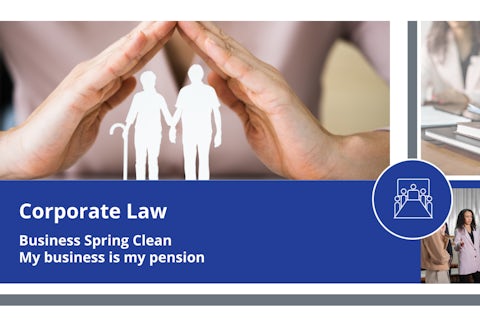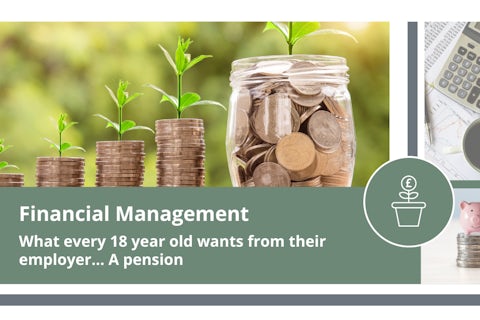In the first of a series of articles, we look at the key tax breaks to consider before the end of the financial year.
This is a year of transition, to use a popular word, not just for the Duke and Duchess of Sussex but for the United Kingdom as it prepares to leave the EU. With the forthcoming US election and trade negotiations with China, tensions in the Middle East and the global economy slowing down, there are plenty of distractions from the more prosaic task of tax planning.
However, as the end of the financial year approaches, this is the time to make sure you have done everything you can to mitigate the impact of tax and capitalise on tax relief; small steps, perhaps, but ones which may make a real difference to the financial security of you and your family.
Use your ISA allowance
Since their introduction by Chancellor Gordon Brown in 1999, ISAs have proved very popular with the UK’s 31 million1 taxpayers; the most recent figures show that over £69 billion was saved into adult ISAs in the 2017/18 financial year.2 The annual ISA allowance of £20,000 is a valuable opportunity to shelter money from any further liability to Income Tax or Capital Gains Tax.
It’s worth bearing in mind that if you had taken full advantage of the ISA scheme each year, you could by now have invested nearly £230,000.3
Don’t forget the children
You can also save up to £4,368 this year in a Junior ISA for each of your children or grandchildren, up to the age of 18. This is an ideal opportunity for anyone wishing to pass on wealth intact to the next generation while minimising the potential impact of Inheritance Tax.
Although a Junior ISA must be set up by a parent or legal guardian, friends and other family members can also contribute to the scheme, under which the money cannot be accessed until the child is 18. Given the typically long-term nature of children’s savings, it is surprising that over 57% of Junior ISAs are used just to hold cash.4
Phil Woodcock explains why you should consider investing your ISA allowance in assets capable of generating income and capital growth.
Cash isn’t always king
Stocks and shares or cash are the main options for your ISA allowance. Four out of five ISA subscriptions since 1999 have been in Cash ISAs.5 Unfortunately, this may be something of a missed opportunity. While cash is essential for day-to-day expenses and emergencies, in the prevailing climate of low interest rates and persistent inflation, returns are likely to be at best marginal, and at worst negative.
According to the 2019 Barclays Equity Gilt Study6, UK equities have provided a real annual return of 4.9% each year since 1899, compared with 0.7% for cash. The average easy access Cash ISA account rate is currently just 0.85%.7 If you’re worried about investing a lump sum into a Stocks & Shares ISA, paying a smaller amount into the stock market regularly helps to even out the fluctuations in share prices as markets rise and fall.
If you already have cash or investments in an ISA portfolio, this is also an ideal time to review whether it meets your present and future needs.
As the end of the financial year approaches, this is the time to make sure you have done everything you can to mitigate the impact of tax and capitalise on tax relief
Top up pension contributions
Most taxpayers get tax relief on pension contributions of up to £40,000 (or up to 100% of their earnings if less) each tax year. Make sure you use as much of this allowance as you can; you can also use up any unused allowance dating back to the 2016/17 tax year.
If you are a higher earner, a pension contribution can bring your taxable income back down to £100,000 and you can regain all of your personal allowance. Pension contributions can also help bring your income level below the additional rate tax band, which starts at £150,000 of taxable income, or avoid losing Child Benefit, which is gradually removed if one parent in the household earns more than £50,000.
Reducing Income Tax and Capital Gains Tax
Another handy allowance which should be fully utilised by 5 April is the Dividend Allowance. This enables all taxpayers to enjoy tax-free dividends of up to £2,000 a year from any stocks and shares held outside ISAs or pensions.
Crystallising gains up to the Capital Gains Tax allowance of £12,000 will help you reduce potentially higher future tax bills. Consider whether it is worthwhile disposing of loss-making capital assets as well. If you think you are likely to be liable to higher taxation, it may make sense to take gains over two years or transfer assets to a spouse or partner.
Planning for Inheritance Tax
Thinking about this now can make a significant difference to those you might like to help in future. You can gift up to £3,000 a year and make an unlimited number of small gifts each year of £250 free from Inheritance Tax (IHT). You can also carry forward any unused allowance from the previous tax year, which means couples could pass on up to £12,000 that would be outside their estate immediately. All this must be done by 5 April; if you would like to give away more than this, you must live for a further seven years for it to be free of IHT.
In a nutshell
It may be true, as the proverb says, that nothing is certain but death and taxes, but we at least have the option of planning for both of them. If you would like advice or help with tax planning, speak with your St. James’s Place Partner.
Six steps before 5 April
1. Maximise annual allowances for ISAs and Junior ISAs2. Review existing ISA portfolios
3. Top up pension contributions up to your annual allowance
4. Make the most of your Dividend Allowance
5. Maximise Capital Gains Tax allowances
6. Maximise IHT gifting allowances
The value of an investment with St. James’s Place will be directly linked to the performance of the funds you select, and the value can therefore go down as well as up. You may get back less than you invested.
An investment in equities (funds) does not provide the security of capital associated with a Cash ISA or a deposit account with a bank or building society.
The levels and bases of taxation, and reliefs from taxation, can change at any time and are generally dependent on individual circumstances.
1 gov.uk, National Statistics, June 2019
2,3,4,5 HMRC, Individual Savings Account (ISA) statistics, April 2019
6 Barclays, 2019 Equity Gilt Study, February 2019
7 Moneyfacts, January 2020
The information and opinions contained in this blog are for information only. They are not intended to constitute advice and should not be relied upon or considered as a replacement for advice. Before acting on any of the information contained in this blog, please seek specific advice from Gilson Gray Financial Management.







